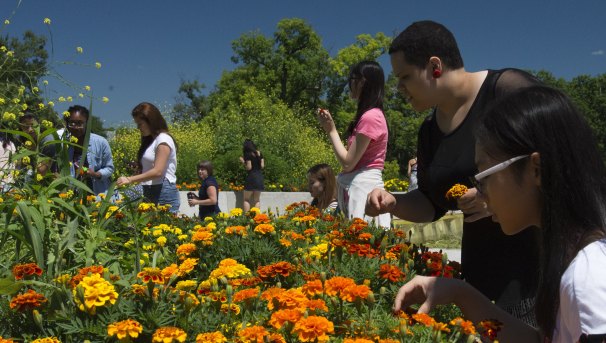Red from Roots!
Rubia tinctorum (common madder) may not look like a particularly exciting plant above ground, but the roots that grow laterally below the surface produce a beautiful red dye. Since antiquity, madder has been cultivated for use as a textile dye in central Asia, Europe and northern Africa. Rubia tinctorum is a plant we are able to grow in North America as well. We successfully grew madder in our test garden last summer, and look forward to transplanting it to our new Natural Dye Garden location in the spring!
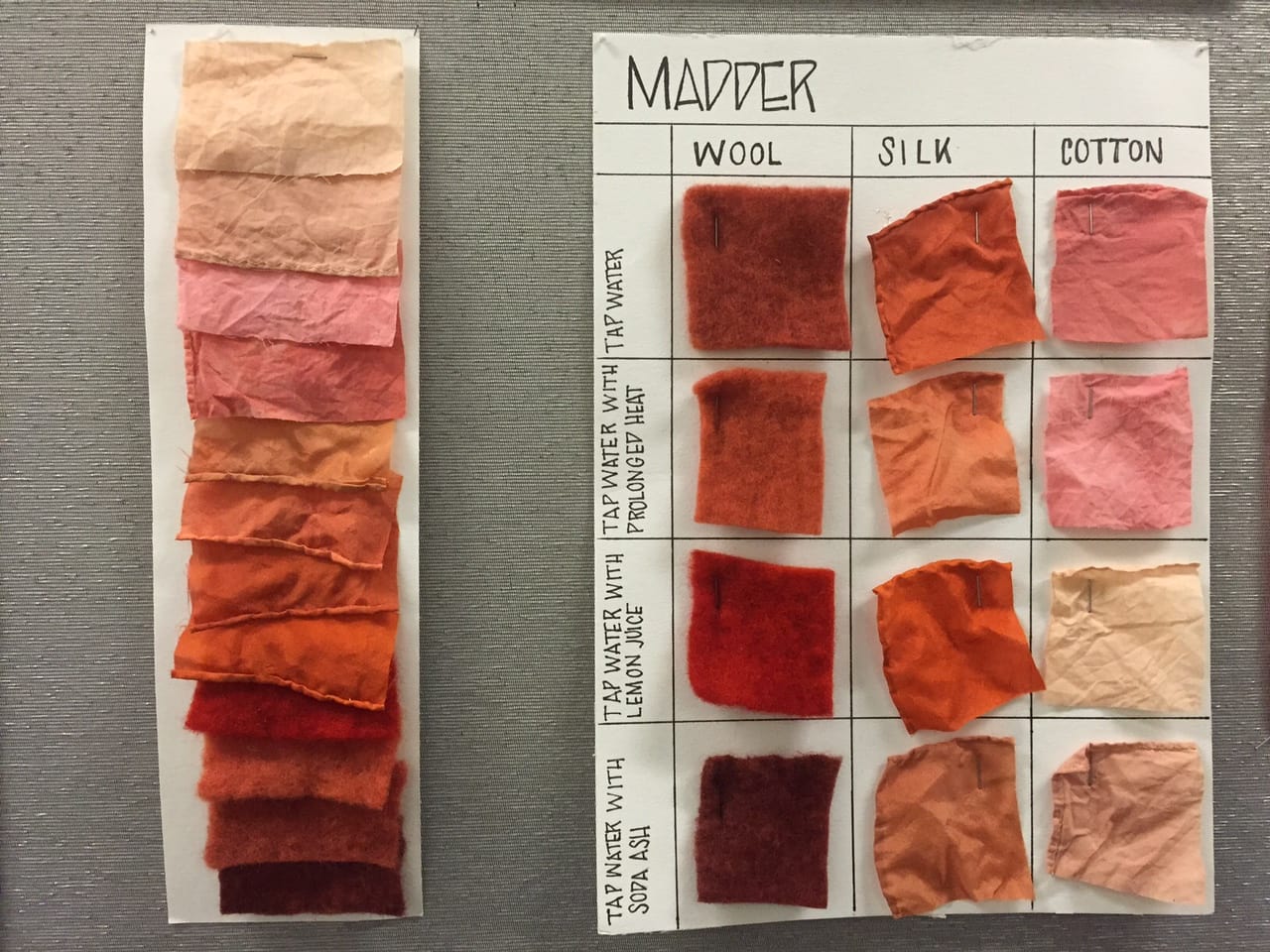
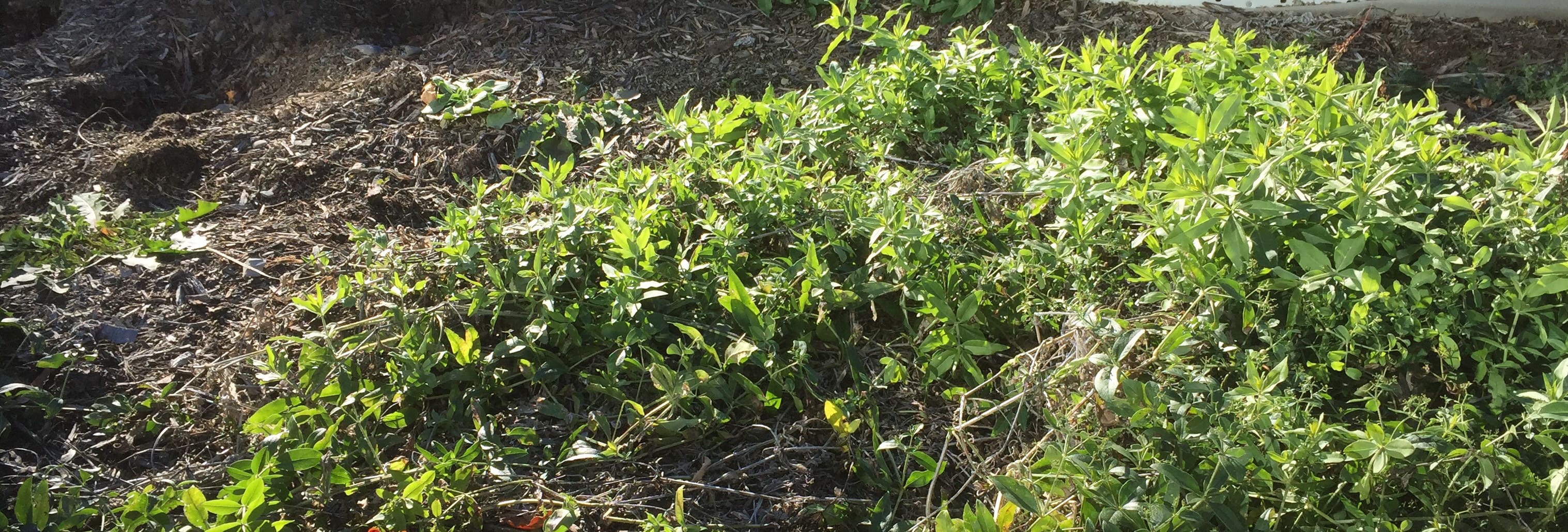
Shibori with Acorn, Concord Grape, and Hopi Dye Sunflower
This week we created three dye baths from locally sourced materials: acorns, concord grapes, and Hopi dye sunflower seeds. We also welcomed a group of 9th grade visitors from the Akwesasne Freedom School to our dye studio on Tuesday evening, and together produced shibori (tie-dye) silk scarves from each dye bath. The chemistry of the dyes is always interesting--the concord grape, for example, yields a purple dye, but turns to green when washed in an alkaline bath of soda ash and water.

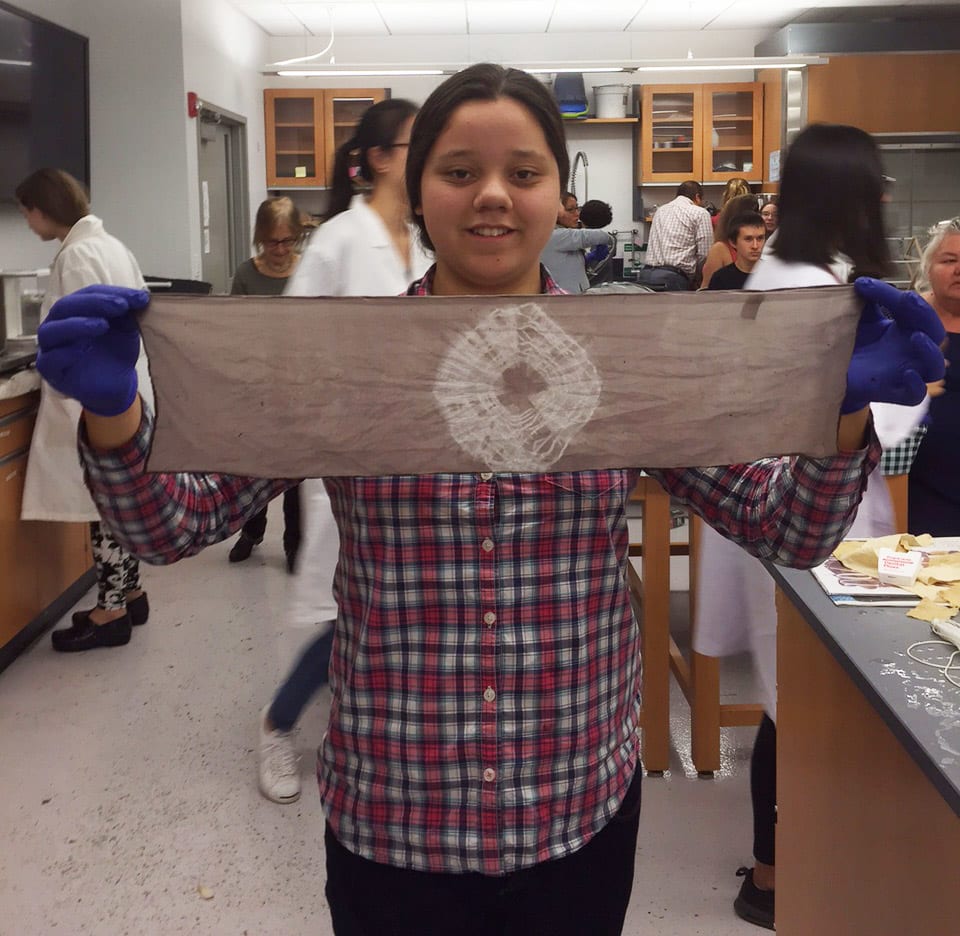

Saving Seeds
This afternoon we had the opportunity to prepare a dye bath with locally grown Hopi dye sunflower seed hulls. The dye is pH sensitive, and colors range from deep green to warm purple depending on the acidity or alkalinity of the dye bath. We are saving seeds to plant in the Natural Dye Garden next spring!
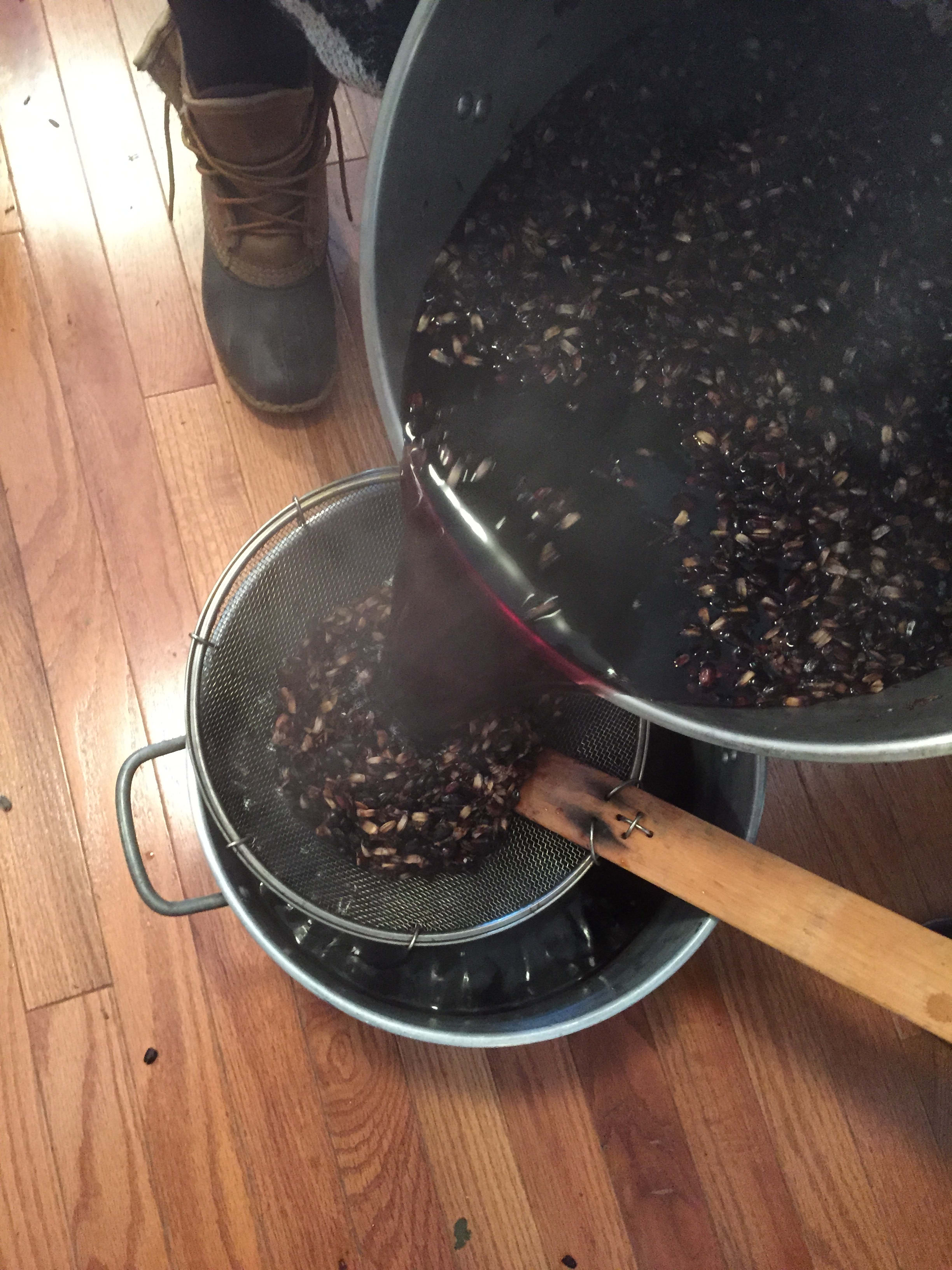
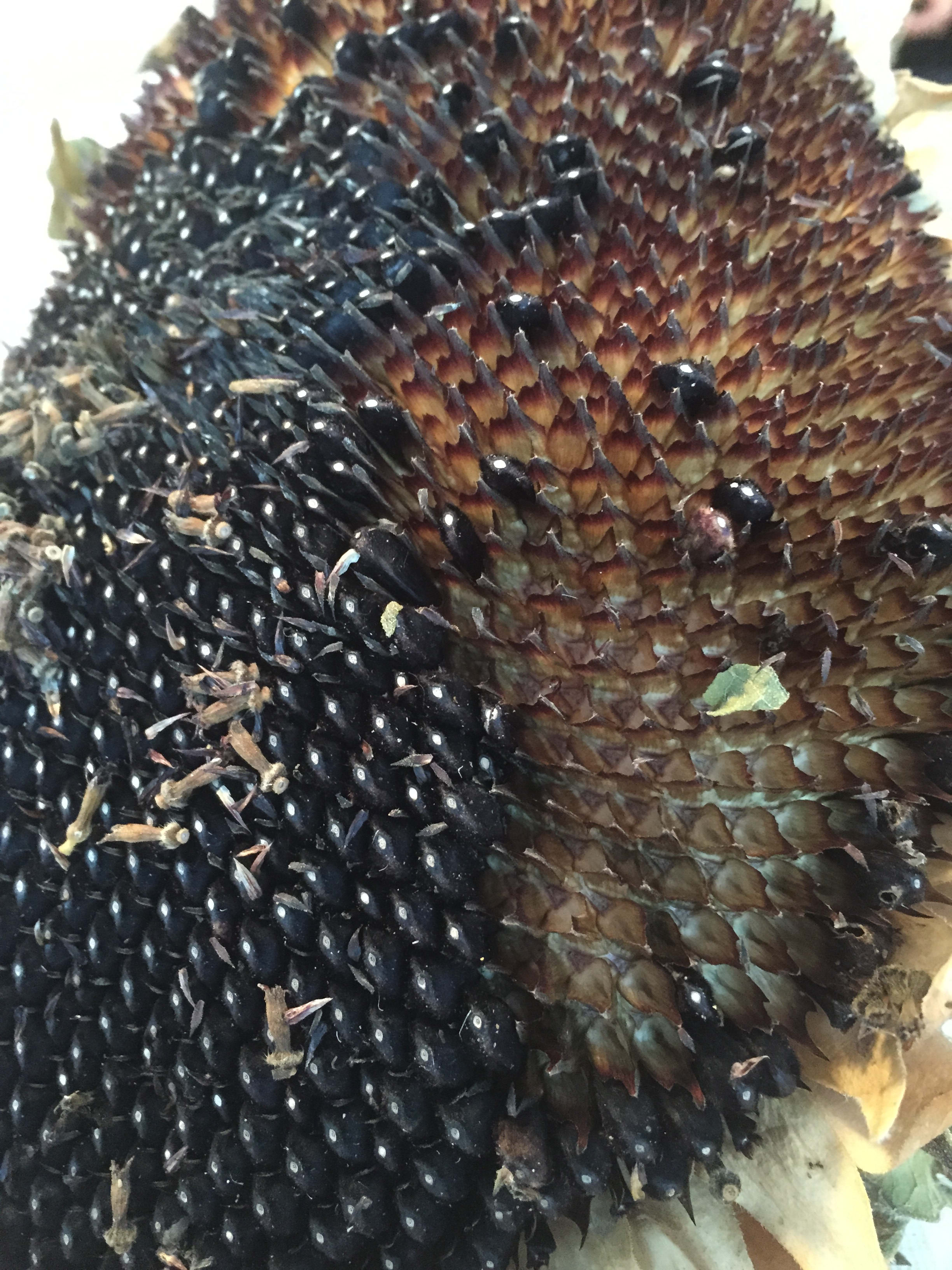
Students use locally grown Japanese Indigo and achieve beautiful blues!
Students in the Natural Dye Studio had the opportunity to use locally grown Japanese Indigo from the dye garden of textile artist, Sarah Gotowka. We look forward to growing Japanese Indigo in our natural dye garden!

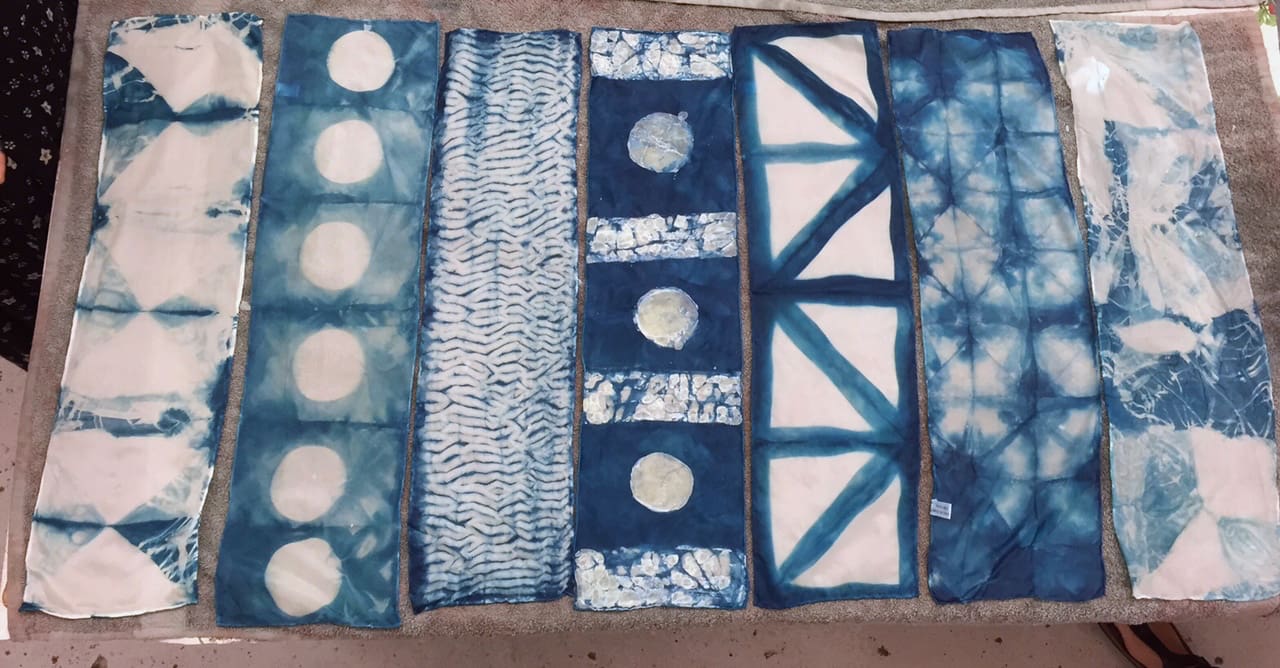
$20
Support a sustainable approach
A gift of $20 helps students dig into our sustainable natural dye garden
$35
Bring on the color
A gift of $35 will put flats of flowers, seeds, and bulbs in the ground
$50
Pavers and more
A gift of $50 will provide pavers for walk ways, stone work, and access to water
$75
A stake in the ground
A gift of $75 will put custom plant ID sign in the ground. (A total of 15 are needed)
$250
Help the students dig in
A gift of $250 will put rakes, hoes, shovels, hoses, gloves and more in the hands of our students
$500
Garden Signs
A gift of $500 will provide important quality informational signage for the garden located in a high foot-traffic area
$1,000
Garden construction and design
A gift of $1,000 will help put our natural dye garden in its new location and ready it for use: clear out existing plants, prepare the bed, build its infrastructure, implement design, and fill it with all the topsoil and compost it needs

